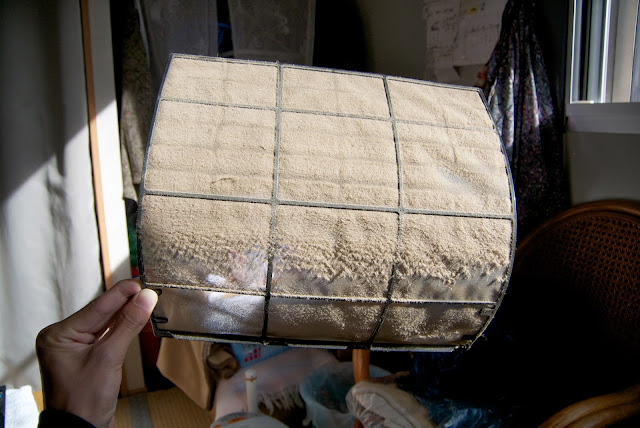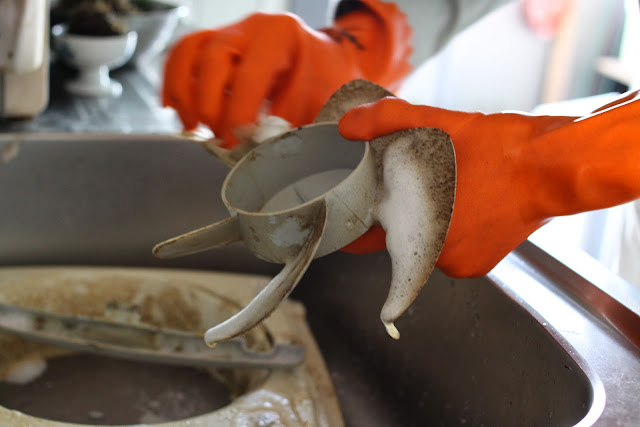From November 29th - December 3rd, I traveled to Shikoku with the ICU Cycling club to join them on their annual Aki Run (Fall Run).
Riding 50-80 beautiful kilometers a day, the ICU Cycling club and I rode across oceans, pushed through valleys, rolled through port cities, and glided along ocean-side roads. To have been able to ride in such a beautiful location with such good company captured the very essence of why I love cycling and why I love this country so much.
This trip was absolutely incredible and to convey just how moved I was by this trip, I had decided to share this experience in a video format. You can watch this video through the video player below or by following the video link provided. Watch it in fullscreen!
http://www.youtube.com/watch?v=xroJoanfirA


















































